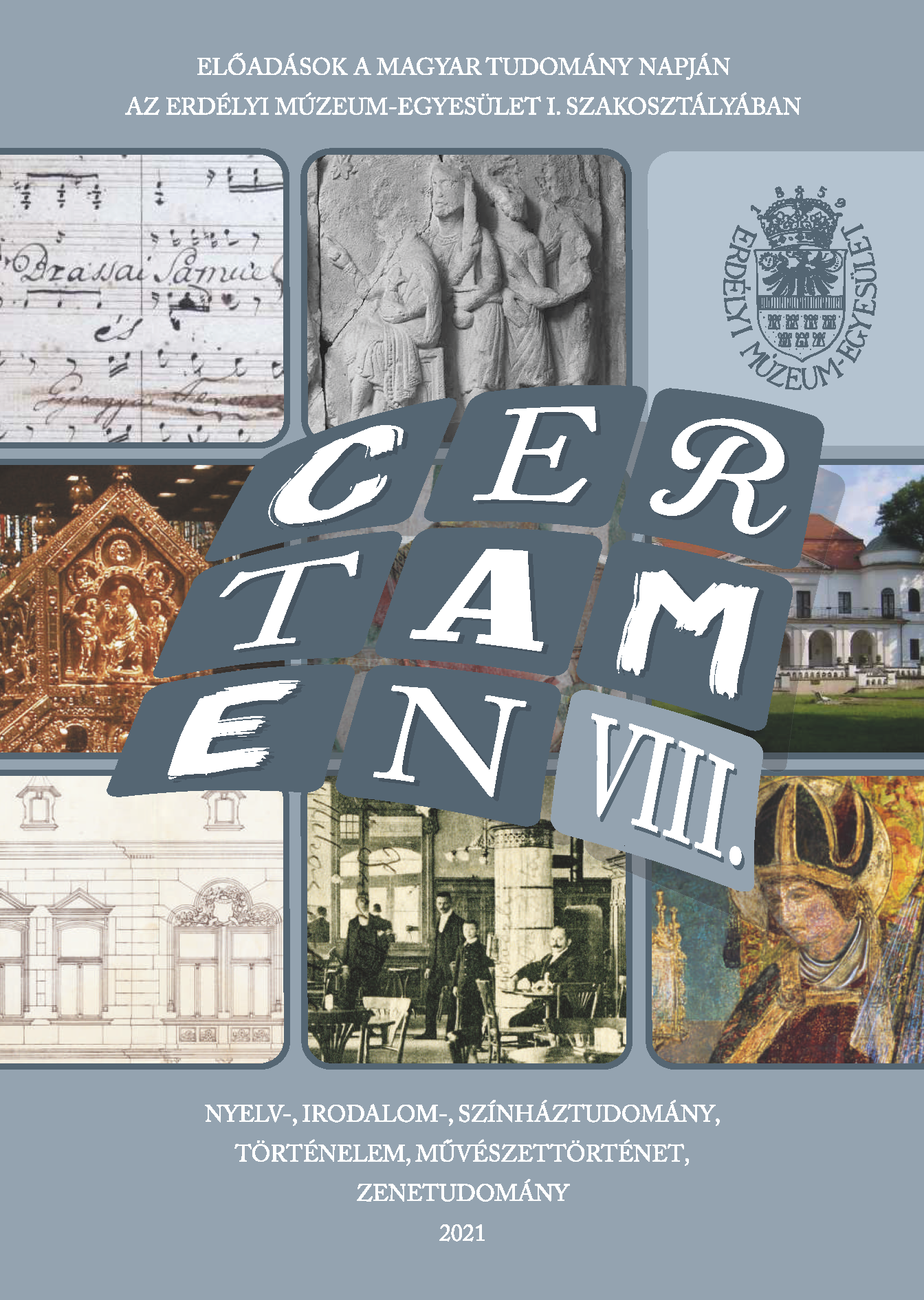Fejedelmek, nagyasszonyok és vallási sokszínűség Szilágysomlyón a 17. század első felében
Princes, Ladies and Religious Diversity in Șimleu Silvaniei in the First Half of the 17th Century
Author(s): István SzabadiSubject(s): Gender history, 17th Century, History of Religion
Published by: Erdélyi Múzeum-Egyesület
Keywords: Sălaj region; religious diversity; 17th century; the Báthory family of Somlyó; the Reformed princes of Transylvania;
Summary/Abstract: The Roman Catholic ecclesiastical institutions ceased to exist during the 16th century in Sălaj region, likewise in the other parts of the country. Their religious practice was limited to private ceremonies at noble courts. Among these, the Báthory family of Șimleu had the most significant political and financial influence in the region at the time. It was not until the early 17th century that the opportunity arose to strengthen the positions of the Catholic denomination. Two Báthory widows of Polish descent, Sofia Kostka and Anna Zakreszka, played a key role in this process. In the late 1610s it became clear that the Catholic population remained in majority in Șimleu Silvaniei. Th is brought a radical change in the life of the Reformed population, though they could always enjoy the protection of the Transylvanian Reformed princes during the century. As far as the Reformed princes of Transylvania in the 17th century are concerned, their support of the Reformed dioceses of Kraszna and Central Szolnok (and thus of the Reformed churches) reflects a very conscious ecclesiastical policy; see for example the career of Prince Gabriel Bethlen or the way the Reformed deans of Sălaj region were chosen.
Journal: Certamen
- Issue Year: 2021
- Issue No: VIII
- Page Range: 97-109
- Page Count: 13
- Language: Hungarian

